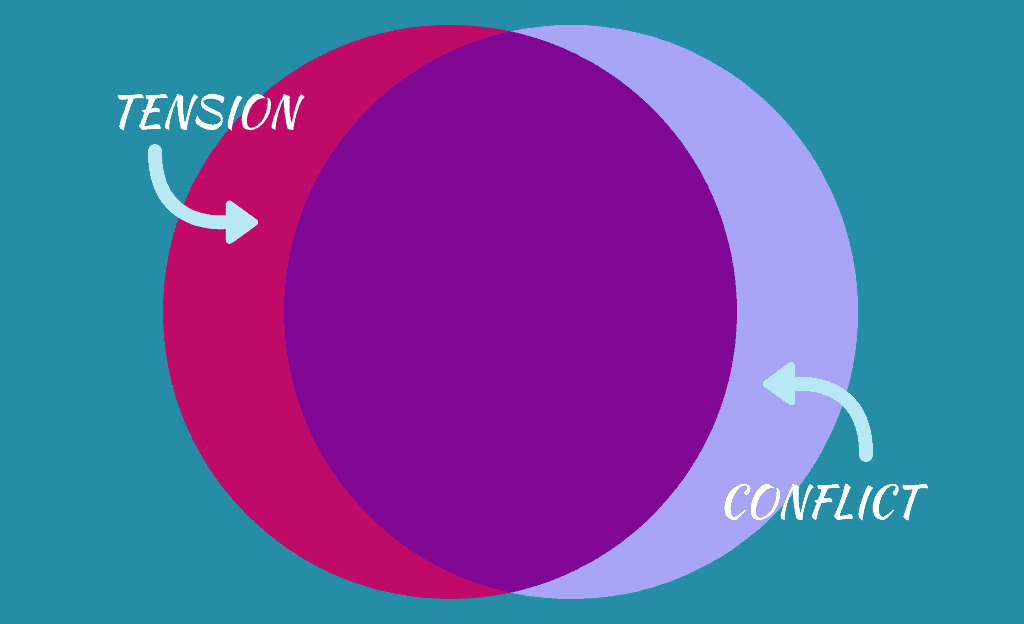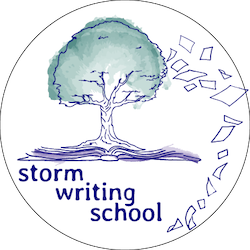Narrating Deep or Shallow: The Spectrum of Psychic Distance

An expert writer of stories needs to have some mastery of psychic distance—the distance the narrator stands from a character’s emotions, thoughts, and perceptions. No matter what viewpoint or person or verb tense you’re using for your story, your narration will sometimes go very close to character perception and sometimes stay quite distant.
Why Your Story’s Conflict May Fail to Grip Readers

Is your story’s conflict gripping readers? Not all conflict is created equal. Some creates tension; some doesn’t. And in fact, conflict isn’t the only way to create tension.
Use “Urgent Story Questions” to Create Tension

Sometimes, the main source of tension in a story comes from a lingereing “urgent story question” that nags at the reader. You should be conscious of your story’s USQs so that you can make the most of them and create a more gripping story.
The Problem with “Show, Don’t Tell”

The old writing adage of “show, don’t tell” is good advice, but it can occasionally get writers in trouble. Good writers sometimes fall prey to hyperdetailing–giving excessive description without serving the story.
Use Beats to Move Characters within Scenes

How do you create a dynamic, consequential scene–one that actually moves the character? You use beats within the scene to create disturbances and shifts. This analysis can help your revision; it’s all about bringing character arc to the scene level.
Create a Moving Character Arc

Character arc (aka the internal plot) is essential for a satisfying story structure. You might have tension on every page and you might follow what you think is a winning structure, but if you don’t have a character arc, your story will fail to resonate with readers. Learn the key concepts for character arcs here.
The Two Roles of the Beginning

The beginning has two roles: a structural one and a functional one. Here, I present a way of thinking about the first act’s plot points that may help you reconcile the need to hook the reader with the need to portray the so-called “normal world” of the story.
How to Make a DIY Writing Retreat

Can’t make it to any writing retreats, conferences, or residencies? Then make your own. Here are the four steps for making a DIY writing retreat.
The True Source of Voice

Guides for voice usually focus on diction and syntax as the main avenues to achieving voice, and it’s certainly true that messing with diction and syntax will get you some unique voice. But the true source of strong voice comes from a different source.
Stretch Tension to Maximize Suspense

Do you take us to a point of conflict and then, rather than allow us to see it play out and get all worried about the outcome, you summarize it or just resolve it quickly? Stretching tension means you lengthen the scene but also make it more gripping. Don’t push the action off-stage or rush through it. Linger on the most tense moments of the story to maximize engagement.
